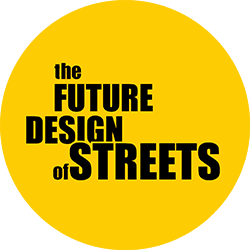MOBILITY&ACCESSIBILITY
“Urban mobility is responsible for over 70% of CO2 emissions … changing, accelerating the shift to sustainable mobility is the key challenge of our decade, of our generation and of our streets.”
Pedro Homem de Gouveia
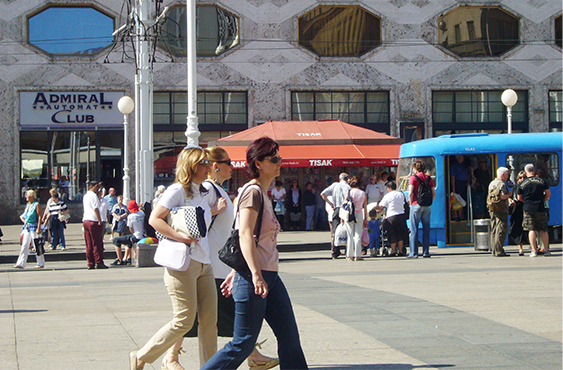
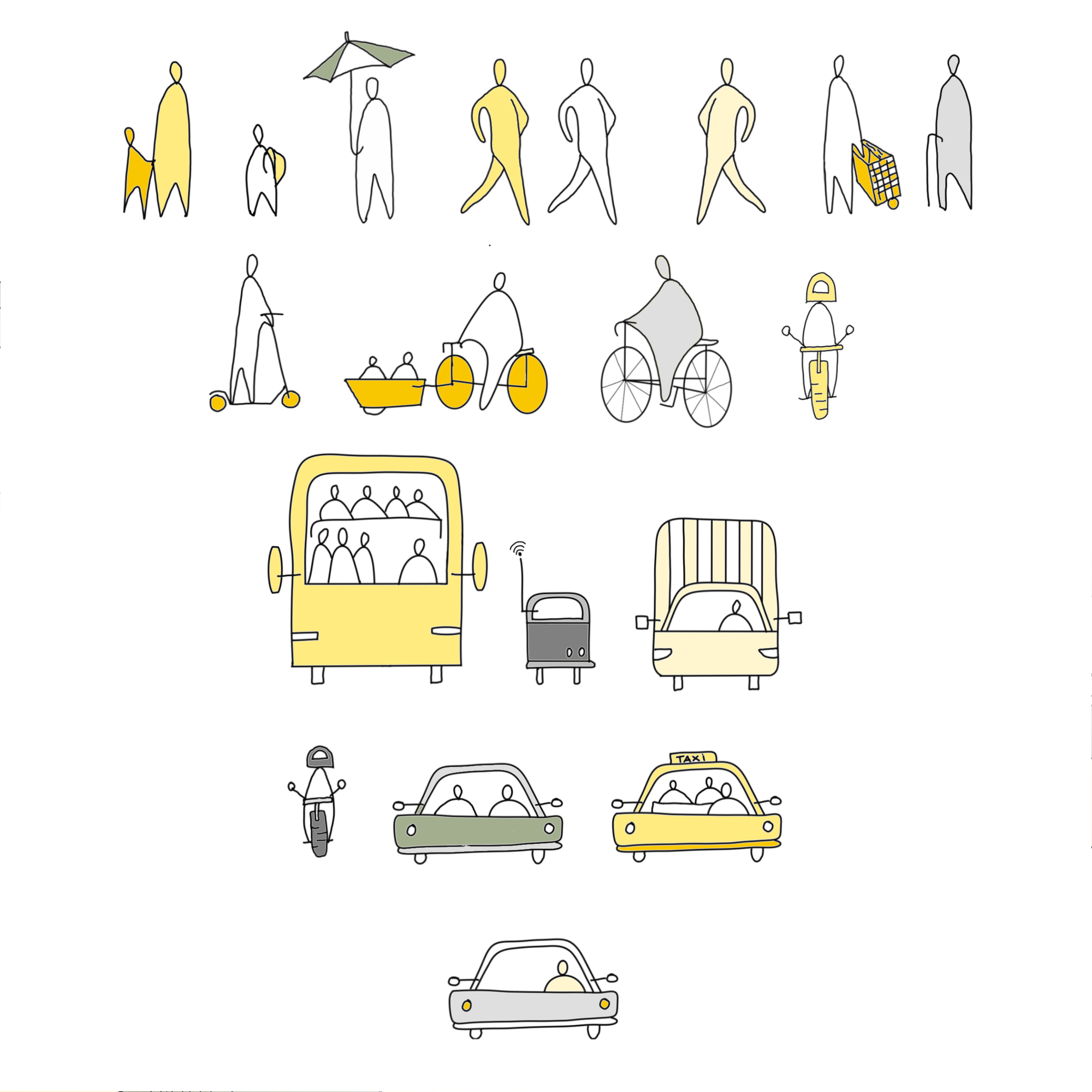
SHIFT PRIORITIES
In order to have social inclusive, sustainable urban ecology and good accessible streets, it is essential to rebalance the place and use of different mobility modes. Prioritising first pedestrians and cyclists, then public transport and loading goods, and at last individual motorised vehicles.
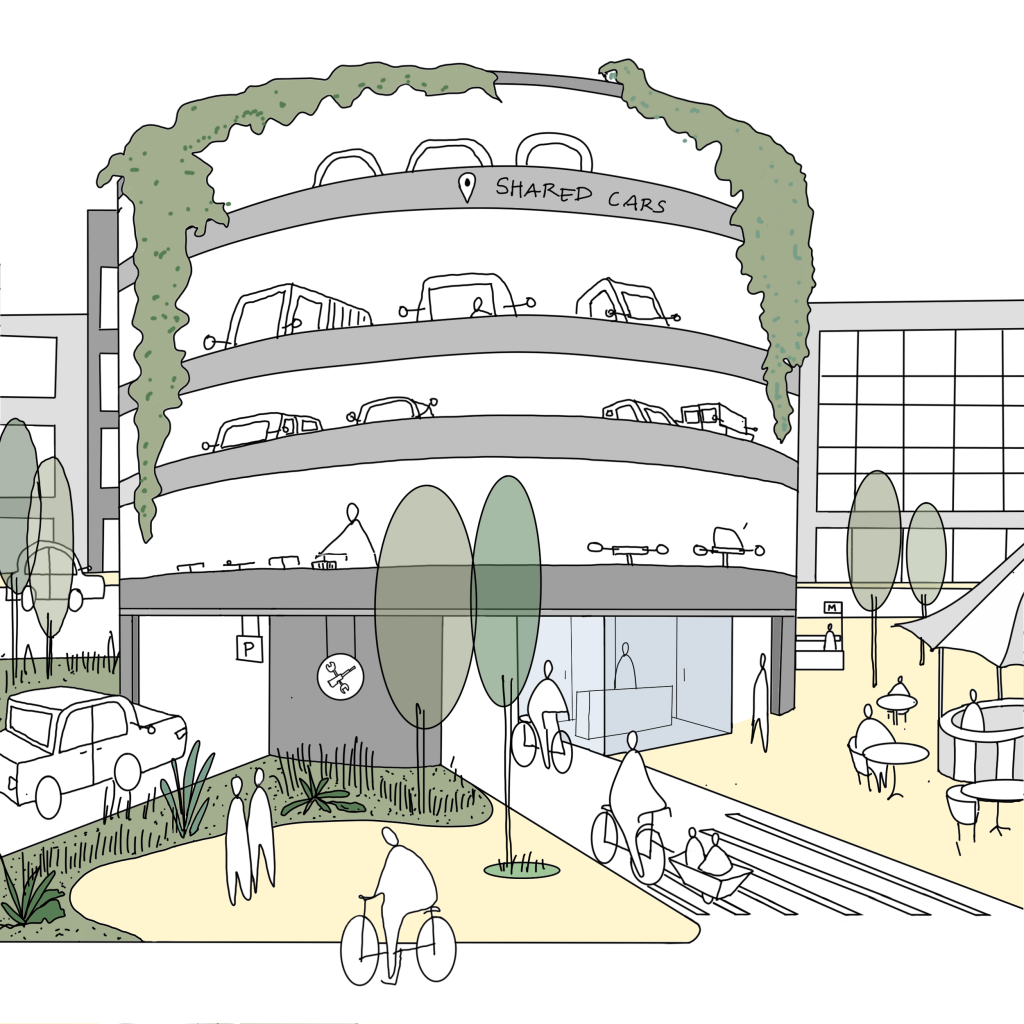
MOBILITY HUBS
Within the whole of the mobility network, mobility hubs form an important role in the integration and in connecting various subsystems and scales with each other. These places or streets can be designed as urban places / community buildings.
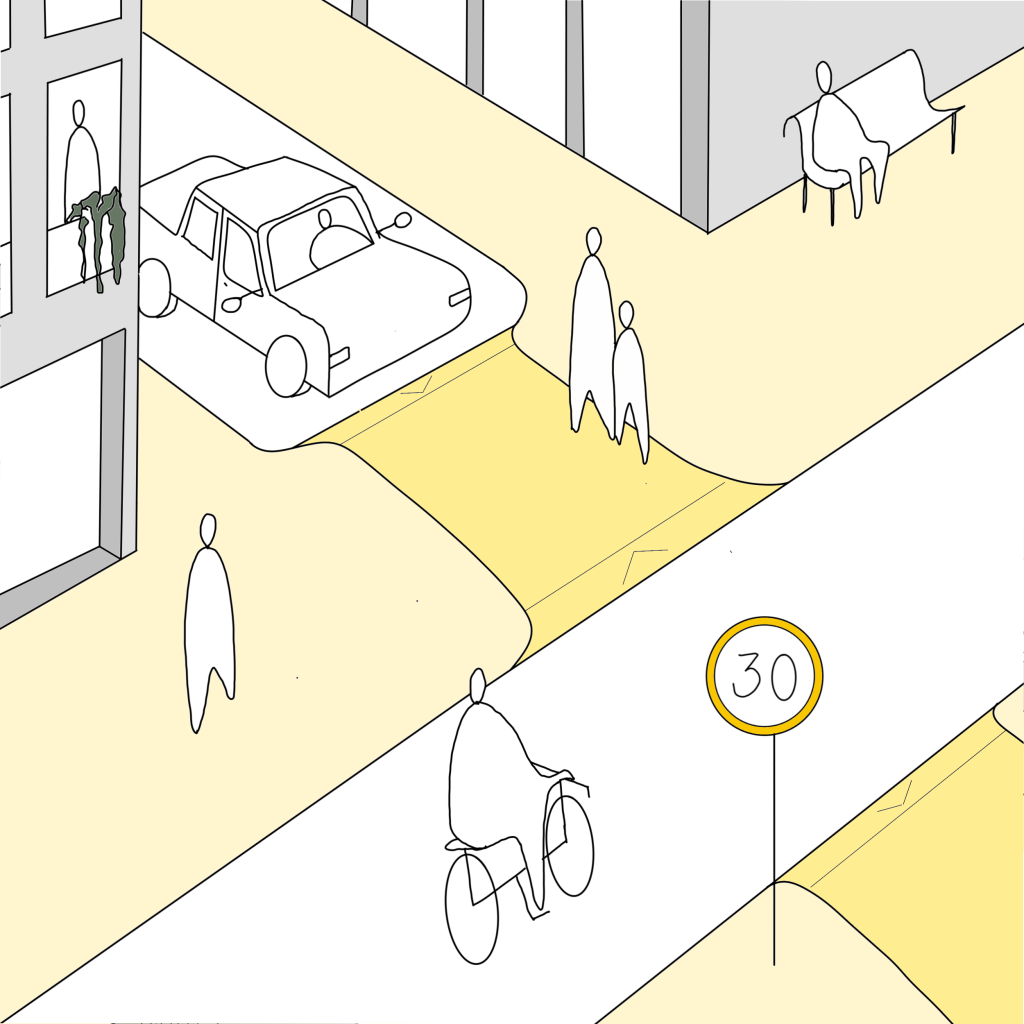
TRAFFIC CALMING
To increase the liveability in (local) streets, traffic safety, speed control and traffic calming are essential to create conditions so that the street space can be used in an autonomous manner by everybody, from 8 to 80 years old people. It is essential to start with designing the space for walking.
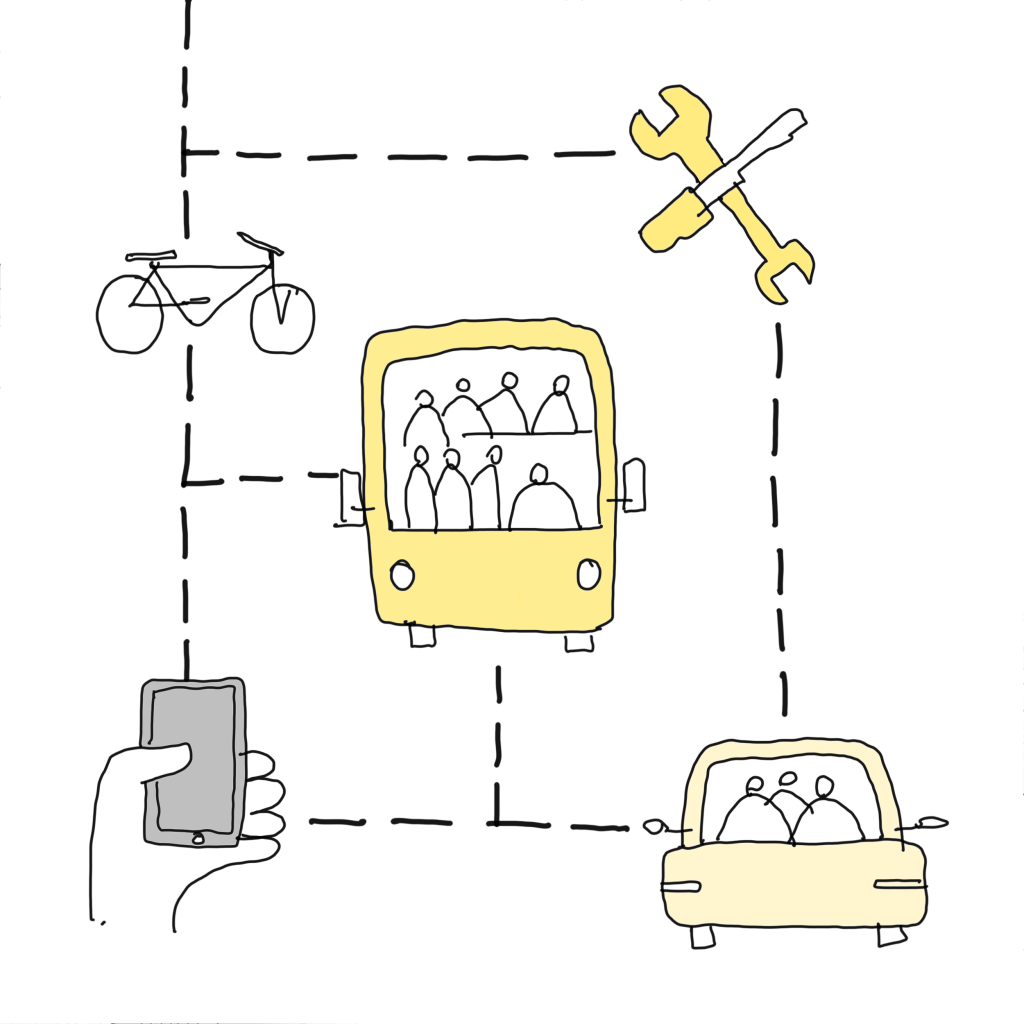
MOBILITY SISTEMS
Mobility innovations such as MAAS (mobility as a service), personalised public transport (last mile) or platforms of shared mobility can be an opportunity to redesign urban streets. One shared car can replace four or five regular cars.
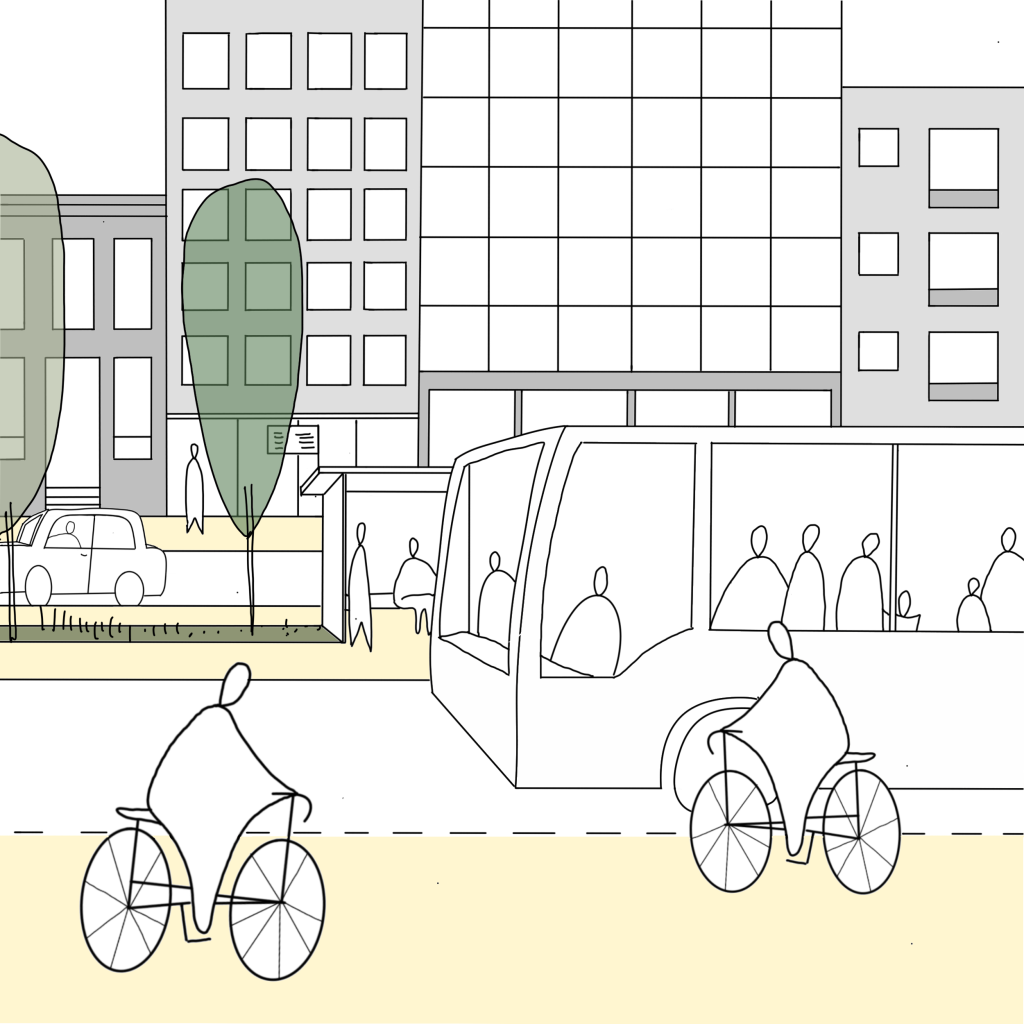
PUBLIC TRANSPORTATION
There are many forms of public transport. It is important to implement and integrate these systems into the street space as part of the public space. Adaptation for dedicated lanes or of frequency and speed, comfortable and safe waiting places, reliability, and punctuality are important factors for good public transport. New technology can also facilitate public transport/shared mobility modes.
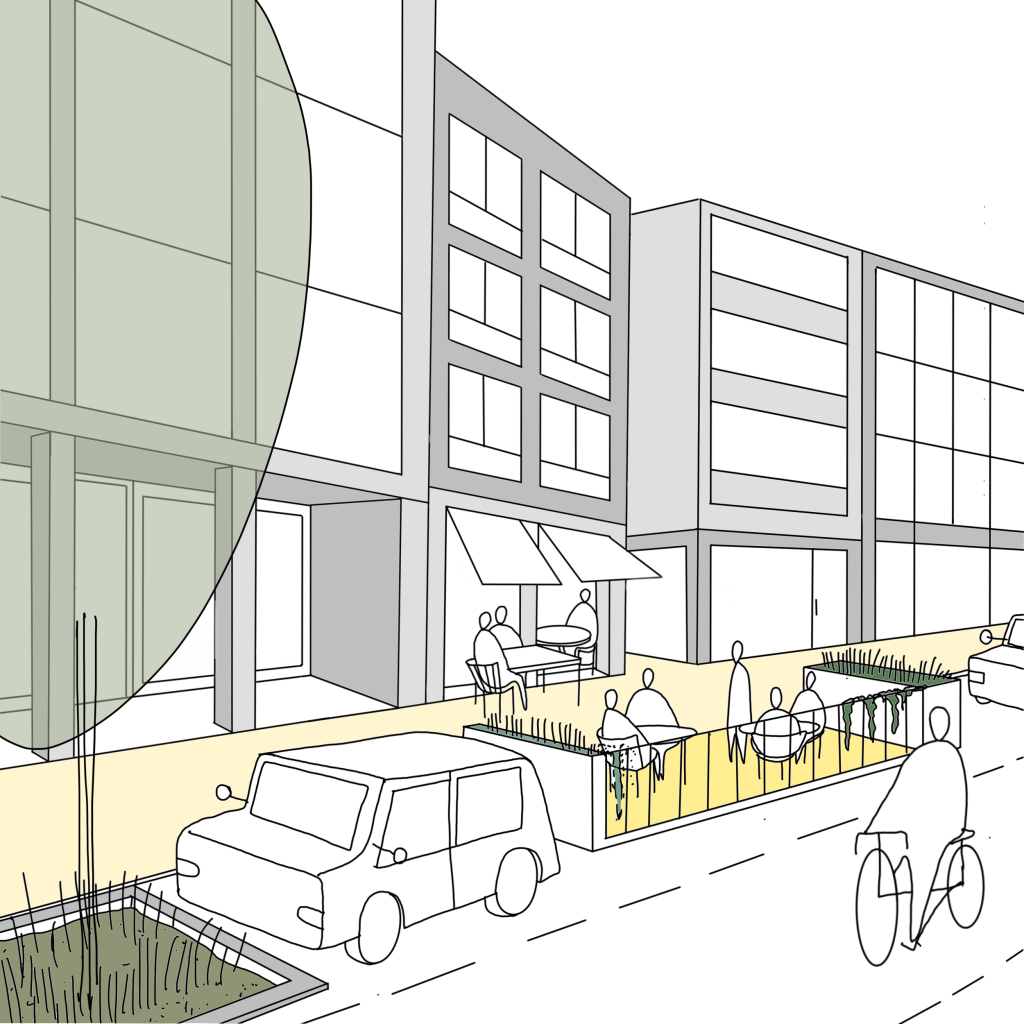
LESS STREET PARKING
Cars dominated often more than 75% of the available street space, including lanes for driving and parking. Reducing parking space creates a whole range of other possible uses and space for many activities. It is important to assure accessibility for all, for disabled persons and for delivering/ loading and unloading. Herein the curb, design and regaulations, plays an important role.
